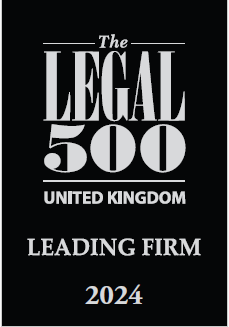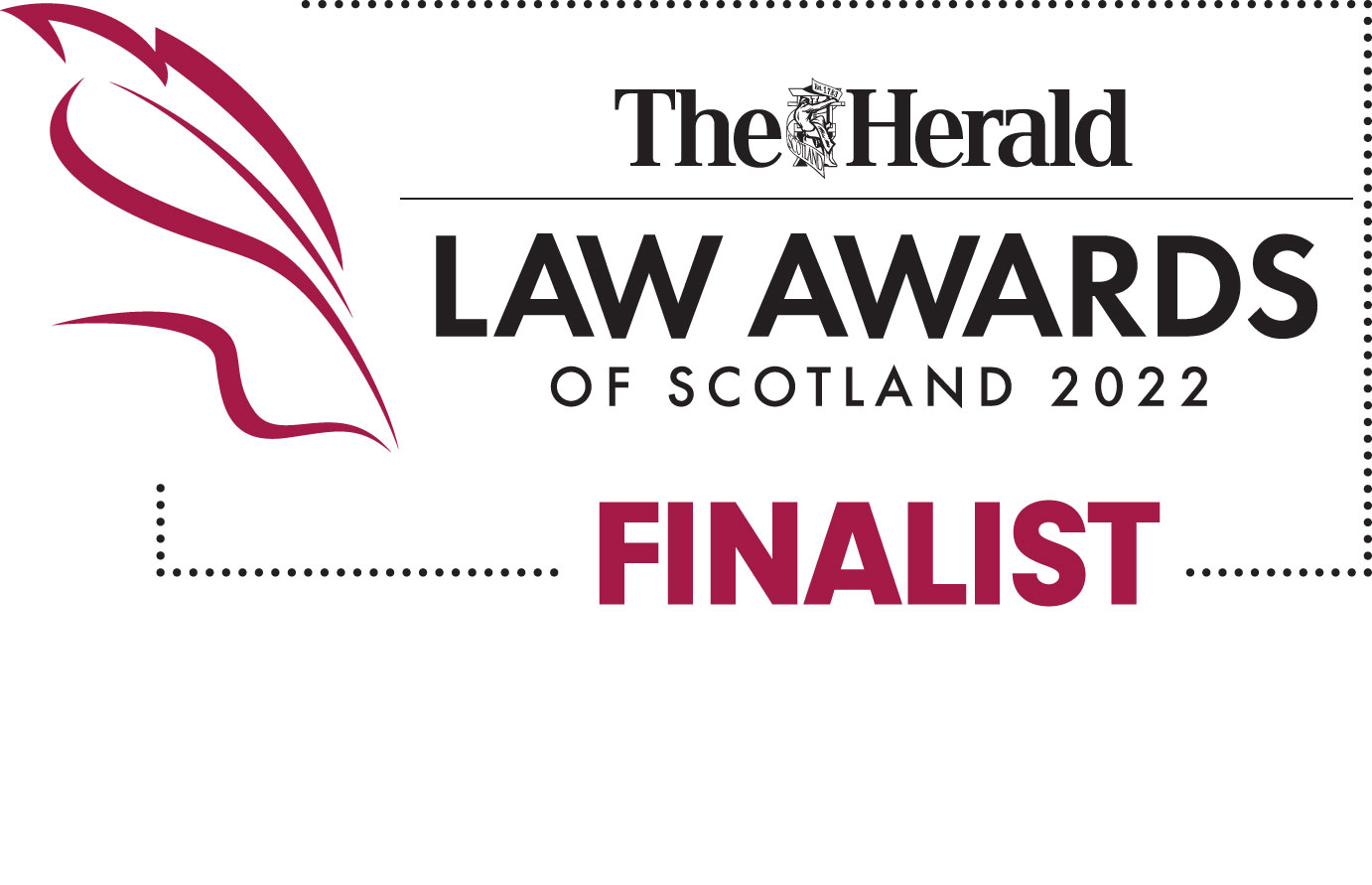Call us now: 0141 429 8166
Call us now: 0141 429 8166
Category: Employment
Here Are Her Thoughts
When public health fears due to the Coronavirus outbreak gained momentum in March of this year, it quickly became apparent that continuing tribunal hearings in Scotland’s Employment Tribunal Buildings was not feasible.
Invariably the tribunal buildings have a single entrance, cramped waiting rooms and a healthy daily schedule of hearings. Having “at risk” people attend could not continue.
A solution had to be found and the Employment Tribunal were quick to assume the use of remote, virtual hearings. But what can we expect from them, and, perhaps more importantly, are we getting to grips with them?
With social distancing set to last for an indeterminate period, the tribunal system had to find a way to adapt.
Case management telephone conference calls, already widely used by the Employment Tribunal, were scheduled for all upcoming cases from 23 March onwards. The calls were used to discuss the next steps for those cases ready to progress to more substantive hearings.
Would it possible for Employment Judges to hear evidence and come to decisions using a virtual “Zoom- like system? Or would all such hearings need to be postponed until the unknown time when social distancing would largely be over?
Initially, it appears that the latter approach was preferred. However, for shorter preliminary hearings the tribunal system is now beginning to make use of a bespoke, virtual system to allow evidence to be heard remotely.
The video-conference call program CVP is familiar in format for anyone who has used “Zoom” or its ilk before. However, it is more secure. There is no chance of someone gate-crashing your hearing (we’re looking at you, Houseparty).
CVP is a web-based system using Kinly video conferencing software, but the user does not need to download anything in advance. However, individuals taking part are strongly encouraged to take part in a test call a couple of days beforehand so that there should be no surprises about the technology on the day. I am urging my clients to do so, and am happy to help with this.
Again, for those familiar with video-conferencing systems, the usual features are included, with a mute function which is encouraged to be used by parties when they are not speaking. The Employment Judge does have power to mute any individual at will, but witnesses shouldn’t expect to be cut off mid-flow. Perhaps this function remains for use against the more verbose lawyers out there?
It would be extremely unusual for a hearing to take place in the Employment Tribunal without looking at the written evidence. How can this be done on video?
Lawyers are expected by the Employment Tribunal to have prepared a ‘bundle’ of the evidence in advance, and to be able to refer to specific pages within this during their questioning of a witness. Ideally, the page referred to will be able to be viewed on the screen by everyone at the same time using Document Sharing facility on the CVP system. Although, for now, in case of glitches with this function, all witnesses should have access to a paper copy for reference.
In preparation for preliminary hearings, Employment Tribunals are requesting that witnesses provide a detailed witness statement in place of what normally happens, which is that they give their initial ‘evidence in chief’ unchallenged, before being cross-examined.
Now, instead of the ‘evidence in chief’, the Judge and the lawyers will read the witness statement before the start of the hearing, and the witness will go straight into ‘cross’.
This should mean more work and preparation for the lawyer, but less time being questioned over camera for the witness. However, witnesses will need to be prepared to face some difficult questions right away, rather than being able to ‘warm up’ by giving their initial evidence unchallenged first. This is another reason for a ‘test call’.
The new system will give advance warning of the evidence of the witnesses on the other side, and is a bonus for the more camera shy among us!
As the video hearings are so new, I have only represented one client by video so far, with a number of hearings currently scheduled. Aside from the obvious attraction to being able to conduct a hearing barefoot without judgement, I felt well prepared by the Employment Tribunal’s test call and found it to be a more comfortable experience than I had first anticipated.
There are drawbacks to not being able to easily assess reactions to evidence in viewing body language, although this didn’t become relevant in the hearing I attended. However, my experience of the video hearings so far would make me hesitant to recommend them in cases where there is dispute about the fact that involves particular consideration of the credibility of one or both of the parties.
The Employment Tribunal suggests witnesses should have access to a computer or tablet which allows them to take part in a hands-free fashion: mobile phones are really not sufficient.
Extra breaks during these hearings are encouraged. Anyone who has taken part in meetings by video will be aware by now that of how tiring they can be - the focus required to take part in these is even greater than that needed for face-to-face hearings. This is, perhaps, why the Employment Tribunal are not using CVP for final hearings so far.
This could present a major problem when it comes to employment disputes. The economic instability caused by the lockdown calls into question whether certain employers will survive. Claimants will be more anxious to proceed with hearings to ensure that any compensation awarded will be able to be paid after a decision is made – that could be difficult if an employer has gone out of business
Coupled with an anticipated increased number of dismissals as a result of the current crisis, the Employment Tribunal will need to work hard and fast to ensure demand is met, and that will inevitably lead to pressure to extend the use of video hearings for anyone who wants their case resolved this side of 2021
Lucy is one of a team of three employment lawyers at Livingstone Brown advising employers and employees during the current crisis. Although we are not in the office, we are easily contactable via phone or email and are using various video platforms to give advice. Contact us on 0141 429 8166 or complete our online form.
Reliable, expert advice you can trust. Get in touch today










AWARD WINNING, SCOTTISH SOLICITORS